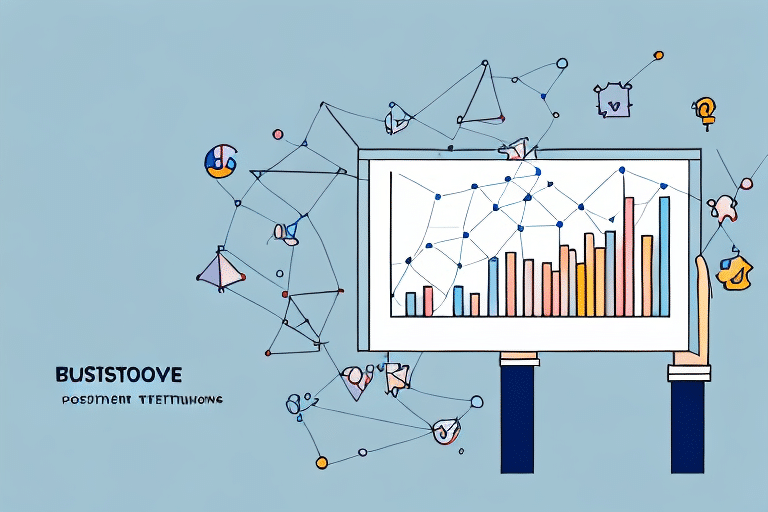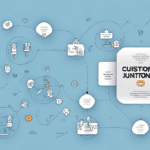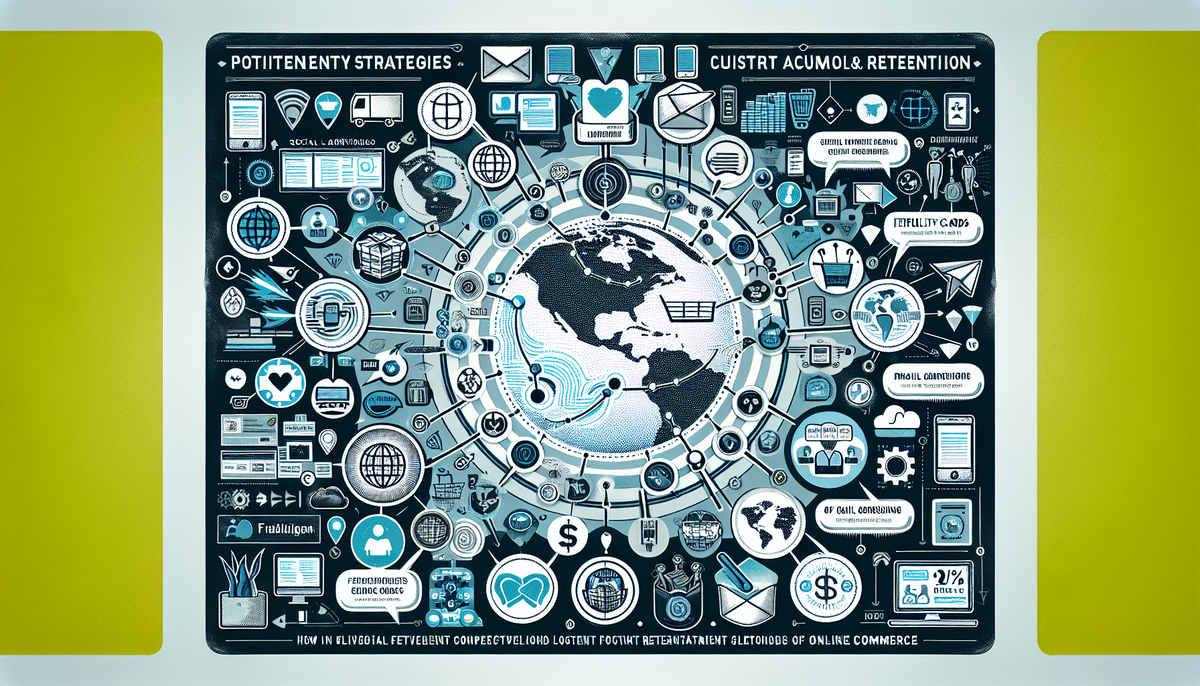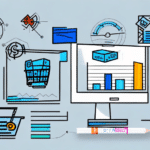Using a Customer Retention Dataset to Improve Your Business
Customer retention is one of the most critical factors for ensuring the success of any business. With customer acquisition costs increasing by the day, it's imperative for businesses to retain existing customers and increase their lifetime value. A customer retention dataset can help businesses achieve this goal by providing relevant insights into customer behavior, which can, in turn, help drive targeted retention strategies that improve overall customer satisfaction and increase loyalty.
What is Customer Retention and Why is it Important?
Put simply, customer retention is the ability of a business to keep its existing customers and ensure they continue to do business with the company over time. Customer retention is critical because it has a direct impact on a company's bottom line. According to a study by Bain & Company, increasing customer retention rates by 5% can boost profits by 25% to 95%. Satisfied customers often recommend the business to others, thereby increasing the customer base and decreasing customer acquisition costs.
Furthermore, customer retention is also important because it helps businesses build long-term relationships with their customers. By keeping customers happy and satisfied, businesses can create a loyal customer base that is more likely to stick with the company through tough times and changes in the market. This can provide a sense of stability and security for the business, as well as a foundation for future growth and success.
Collecting and Analyzing Customer Retention Data
Collecting Data
The process of collecting customer retention data involves identifying and monitoring metrics, such as churn rate, customer lifetime value, repeat purchase rate, customer satisfaction, and Net Promoter Score (NPS), among others. These metrics provide valuable insights into customer behavior and their relationship with the business.
It's essential to ensure that the data collected is accurate and reliable. This can be achieved by using dependable data sources, such as customer feedback surveys, sales data, and customer service records. Consistent data collection over time allows businesses to identify trends and patterns effectively.
Analyzing Data
Analyzing customer retention data requires expertise in statistical and data analysis tools. Companies can either hire data analysts or engage the services of a data analytics firm to assist with the analysis.
Additionally, utilizing the right data visualization tools can significantly enhance the analysis process. Tools like Tableau, Power BI, and Google Data Studio help present data in a clear and concise manner, making it easier to identify trends and patterns.
Key Metrics in Customer Retention
Churn Rate
The churn rate is one of the most important metrics businesses track to understand customer behavior. It measures the rate at which customers are lost within a particular time frame.
Customer Lifetime Value (CLV)
Customer Lifetime Value helps businesses understand the amount of revenue a customer will generate throughout their relationship with the company.
Repeat Purchase Rate
The repeat purchase rate measures the probability that a customer will make another purchase, indicating their loyalty and satisfaction.
Customer Satisfaction and Net Promoter Score (NPS)
Customer satisfaction scores and Net Promoter Scores assess how satisfied customers are with the business and their likelihood to recommend the business to others.
Customer Acquisition Cost (CAC)
The Customer Acquisition Cost measures the expense associated with acquiring a new customer, including marketing, advertising, sales, and customer support costs. Comparing CAC to CLV helps businesses determine the profitability of acquiring new customers.
Customer Retention Rate
The Customer Retention Rate measures the percentage of customers who continue to do business with the company over time. A high retention rate indicates strong customer satisfaction and loyalty.
Strategies to Improve Customer Retention
Using Customer Feedback
Soliciting feedback from customers is an effective way to understand how to improve retention rates. Feedback can be gathered through surveys, social media comments, feedback forms, or direct communication. Analyzing this feedback allows businesses to identify common themes or issues and implement changes to address them, thereby enhancing the customer experience.
Identifying Common Causes of Customer Churn
Analyzing retention data helps businesses identify common causes of customer churn, such as poor customer service, high product prices, or lack of product variety. Addressing these issues proactively can significantly reduce churn rates.
Employing machine learning algorithms can aid in identifying patterns and trends in customer behavior that may not be immediately apparent. For example, algorithms can flag customers who are at high risk of churning based on their purchase frequency or spending habits.
Additionally, monitoring external factors like market changes or new competitors can help businesses adjust their retention strategies to maintain customer loyalty.
Leveraging Predictive Analytics
Predictive analytics uses machine learning algorithms to analyze retention data and forecast which customers are likely to churn based on their behavior patterns. This allows businesses to take proactive measures, such as offering discounts or personalized offers, to retain these high-risk customers.
By anticipating churn triggers, businesses can implement preventive actions. For example, if a customer hasn't made a purchase in a while, sending personalized offers or reminders can encourage them to return, thereby increasing loyalty and revenue.
Crafting Customized Retention Strategies
Creating customized retention strategies is essential for maintaining long-term customer relationships. By analyzing retention data, businesses can tailor their strategies to resonate with different customer segments. This can include targeted marketing campaigns, personalized product offerings, or customized communication based on customer demographics, purchase history, and interests.
Incorporating customer feedback into these strategies ensures that businesses address specific customer needs and concerns, further enhancing satisfaction and loyalty.
Leveraging technology, such as Customer Relationship Management (CRM) software, can help track customer interactions and preferences. This data can be used to personalize customer experiences and provide relevant recommendations and offers.
Implementing and Measuring Retention Programs
Implementing Automated Retention Programs
Automation can enhance the effectiveness and consistency of retention strategies. Businesses can automate retention programs like loyalty programs, email marketing campaigns, and other customer engagement initiatives to ensure timely and relevant communication with customers.
Automated programs save time and resources by handling repetitive tasks, such as sending reminder emails or offering personalized discounts. This allows employees to focus on more strategic activities. Additionally, automation facilitates the tracking and analysis of customer behavior, enabling data-driven decision-making for retention strategies.
However, it's crucial to balance automation with human interaction. While automated programs are efficient, personalized communication and exceptional customer service should remain integral to the retention strategy.
Measuring Success with KPIs
Key Performance Indicators (KPIs) are essential metrics for measuring the success of retention efforts. By tracking KPIs such as churn rates, customer lifetime value, and repeat purchase rates, businesses can assess the effectiveness of their retention strategies and make necessary adjustments.
Case Studies and Best Practices
Several businesses have successfully leveraged customer retention data to drive growth and reduce churn rates. For instance, Netflix utilizes data analytics to understand customer behavior and preferences. By developing predictive algorithms that suggest movies and TV shows tailored to individual users, Netflix has significantly increased customer satisfaction and retention rates.
Another example is Amazon, which uses personalized recommendations and a seamless user experience to foster loyalty and repeat purchases, contributing to its high retention rates.
Challenges and Future Trends in Customer Retention
Challenges
One of the primary challenges in using customer retention datasets is ensuring the accuracy and integrity of the data. Inconsistent or poor-quality data can lead to ineffective retention strategies. To overcome this, businesses must implement robust data monitoring and validation protocols to maintain data quality.
Another challenge is integrating data from multiple sources to obtain a comprehensive view of customer behavior. Utilizing unified data platforms or CRM systems can help consolidate data and provide more accurate insights.
Future Trends
The future of customer retention is poised to focus on increased personalization, advanced automation, and an enhanced customer experience. Businesses will increasingly leverage sophisticated data analytics tools to understand complex customer behavior patterns and deliver highly personalized offerings.
Automation will continue to play a significant role, providing consistent and timely interactions across various customer touchpoints. Additionally, the integration of artificial intelligence (AI) and machine learning will enable more proactive and predictive retention strategies.
Moreover, businesses will place a greater emphasis on the overall customer experience, ensuring that every interaction adds value and fosters deeper customer loyalty. This holistic approach to customer retention will be crucial for sustaining growth and competitiveness in the evolving market landscape.
In conclusion, companies that effectively utilize customer retention datasets to inform their strategies are better positioned to succeed in today's highly competitive environment. By analyzing data, understanding key metrics, and leveraging customer feedback, businesses can develop customized retention strategies that enhance customer satisfaction, increase loyalty, and drive sustained growth.




















